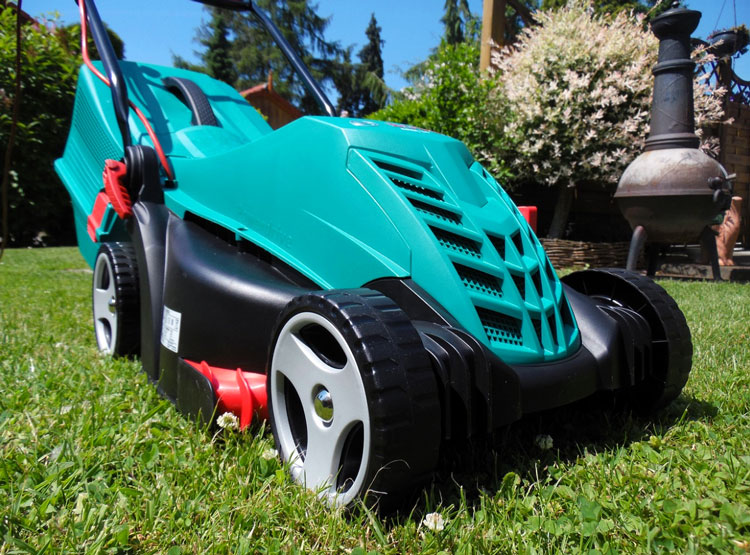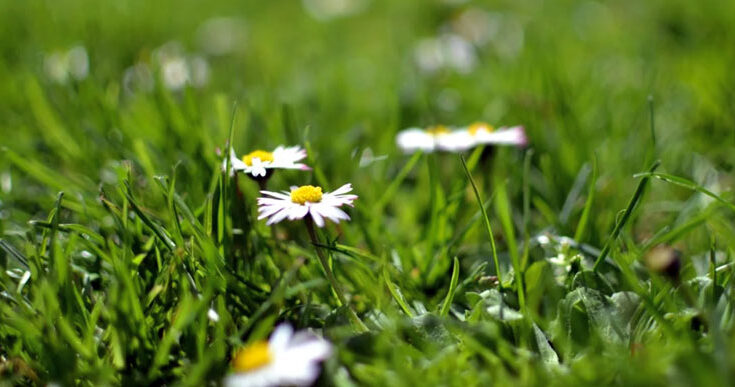Maintaining a lush and green yard requires more than just occasional watering and mowing. From soil management to pest control, every element plays a crucial role in ensuring your lawn remains healthy throughout the year. This guide covers essential do’s and don’ts, helping you keep your outdoor space in optimal condition.
Do Choose The Right Equipment
When caring for your lawn, selecting the appropriate equipment is crucial. From push mowers to high-end riding mowers, the tools you choose can make a significant difference in the outcome of your efforts. Different types of mowers cater to varying lawn sizes and types, which may impact your overall success. If you have a small yard, you might prefer a lightweight push mower, which is easy to maneuver.
Larger properties can benefit from a riding mower, allowing you to cover more ground with less effort. Consider factors such as power source and efficiency when making your selection, whether that’s a cordless electric lawn mower, a riding mower, or a different option; each has its benefits and drawbacks and can influence the overall maintenance experience. Always keep your equipment well-maintained. Regularly sharpen blades, check oil levels, and clean air filters to ensure everything runs smoothly. Neglecting maintenance can lead to poor cuts and weakened grass.
Do Invest Time in Soil Health
Soil is the foundation of a thriving lawn. Testing your soil will provide insights into its nutrient composition and pH levels. Testing kits are widely available and allow homeowners to identify deficiencies that may exist. Once you understand your soil, amend it as needed to improve its structure.
Compacted soil can lead to poor drainage and stunted grass growth. Aeration can alleviate this problem by allowing air and nutrients to penetrate deeper. Incorporating organic matter like compost nourishes the soil and improves its texture and moisture retention capabilities. Regular fertilization is recommended.
Organic fertilizers are less likely to harm beneficial microorganisms in the soil than synthetic options. A holistic approach to soil health will pay dividends in the long run, resulting in a lush and resilient lawn.
Do Water Wisely
Effective watering is critical for maintaining your lawn’s health. Water deeply but infrequently to encourage deep root growth. Shallow watering can lead to weak roots, making the lawn susceptible to drought and stress. The timing of watering is equally important. Early morning is the best time to water, as it allows excess moisture to evaporate and reduces the risk of disease.
Aim to water once a week, with about one to one and a half inches of water each time. The best way to measure rainfall is through a rain gauge, which can provide an accurate assessment of the amount received. Overwatering is a common mistake that can lead to fungal diseases and promote weed growth. To avoid this, always check the soil moisture before adding more water. A simple finger test can help you determine whether the lawn needs watering.
Consider adjusting your watering schedule based on the season, as cooler months typically require less frequent irrigation. During hot or windy days, your lawn may dry out faster, necessitating closer monitoring of soil conditions. Installing a smart irrigation system can help automate watering and conserve water by adjusting to weather patterns and soil moisture levels.
Don’t Ignore Weeds
Weeds can quickly undermine efforts to maintain a healthy yard, competing with grass for light, nutrients, and moisture. Identifying common weeds and using appropriate control methods is a fundamental aspect of lawn care. Pre-emergent herbicides can prevent weed seeds from germinating. Timing is crucial; applying before weeds have a chance to establish will yield the best results. For existing weeds, spot treatment with appropriate herbicides or manual removal can be effective.
Ensuring that your lawn is healthy will help outcompete weeds naturally, as robust grass can effectively shade and crowd out undesirable plants. Be mindful of the products you choose, opting for those that are safe for your lawn type and environmentally friendly. Rotating between chemical treatments and organic methods promotes a more sustainable lawn management strategy.
Consistent mowing and proper fertilization can help reduce weed presence by promoting dense, vigorous turf. Don’t forget to reseed bare patches promptly, open soil invites weed seeds to settle and grow. You can maintain your grass robust and less susceptible to weed incursions by being proactive and utilizing a variety of tactics.
Don’t Forget to Maintain Your Lawn
Regular maintenance is fundamental to lawn care. Simple tasks such as mowing, edging, and trimming play a significant role in how your yard looks and feels. A consistent mowing schedule helps prevent overgrowth and maintains an even appearance. Mowing at the right height is key. Grass should generally be kept at about two and a half to four inches, depending on the species. Taller grass can help protect the roots and conserve moisture, while shorter stretches may lead to stress and vulnerability.
Frequent mowing during the growing season ensures that no more than one-third of the grass blade is removed at once, reducing the potential for damage. Don’t underestimate the benefits of edging and trimming, which can create a polished look and enhance the overall aesthetics of your landscape. A healthy and appealing lawn can be achieved by combining these upkeep duties.

Don’t Rush Fertilization
Applying fertilizer without understanding your lawn’s needs can lead to more harm than good. Over-fertilization can cause lush growth, but it may weaken the grass, making it more vulnerable to diseases. Space out fertilization throughout the growing season. A general rule of thumb is to fertilize in early spring and again in late summer, following soil test recommendations for quantity and product type.
Organic fertilizers are gentler on grass and provide a slower release of nutrients over time. Pay close attention to signs of nutrient deficiency, including discoloration or stunted growth. Treat these signs promptly to maintain a thriving lawn, focusing on balanced nutrition rather than overwhelming it with excess fertilizer.
Maintaining a healthy yard takes effort and patience. From choosing the right equipment, investing time in soil health, and maintaining effective watering practices to managing weeds and regular upkeep, following these dos and don’ts will contribute to a beautiful outdoor area. Establishing a thriving yard will require consistent attention and care. By understanding what your lawn needs and planning accordingly, you can cultivate an appealing and robust outdoor space.









